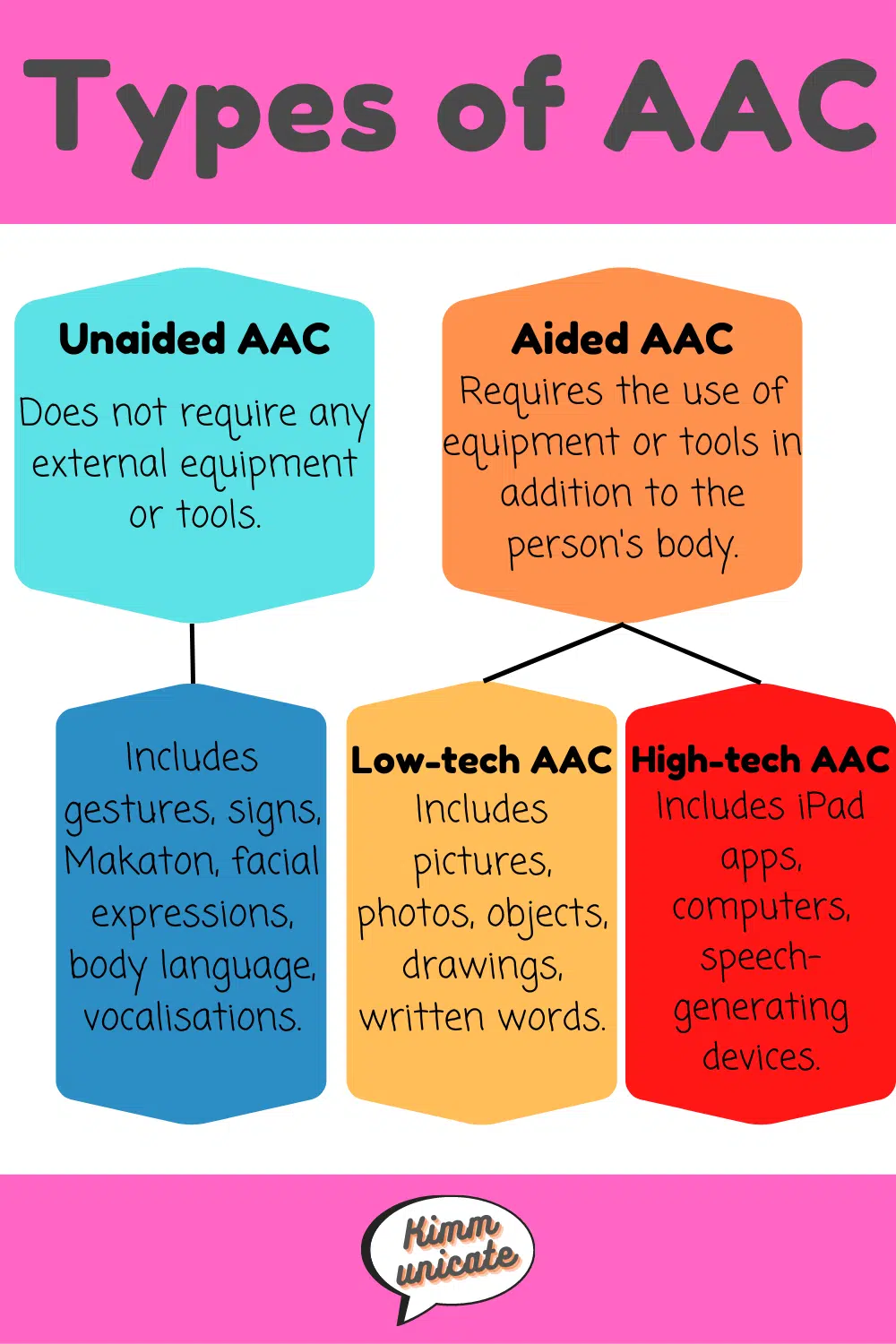As a pediatric therapist, you may use an alphabet board for AAC to help children like Billy who struggle with verbal communication. Alphabet boards can be a valuable tool for improving social interactions and language skills in children with special needs.
Here’s how you might use an alphabet board with Billy:
- Introduce the alphabet board to Billy and explain how it works in simple language.
- Encourage Billy to explore the board and practice pointing to different letters, numbers, and symbols.
- Model the use of the alphabet board by spelling out simple words and sentences and asking Billy to repeat them.
- Use the alphabet board to play games with Billy, such as spelling out words for him to guess or creating a story together.
- Use the alphabet board to help Billy express his thoughts and feelings. Ask him questions and encourage him to respond using the board.
- Gradually increase the complexity of the activities, such as spelling out longer sentences or using the board to have a conversation.
In conclusion, alphabet boards for AAC can be a valuable tool for individuals with special needs who have difficulty with speech or language. By spelling out words and sentences using a grid of letters, individuals can communicate more effectively and connect with others meaningfully. Goally’s tablet provides a digital visual schedule, gamified learning, and AAC capabilities, including an alphabet board, to help kids build life and language skills in a fun and engaging way.










